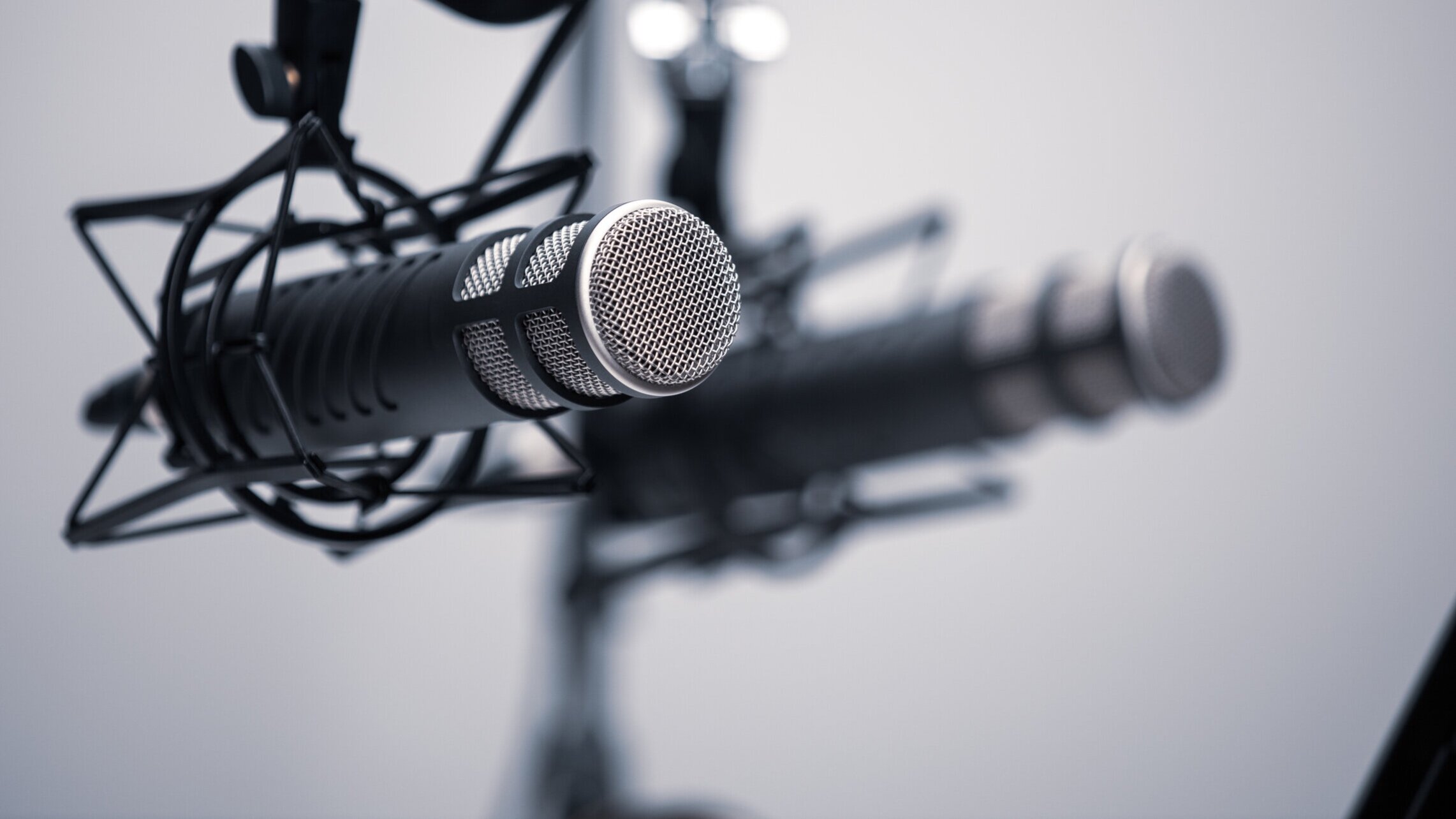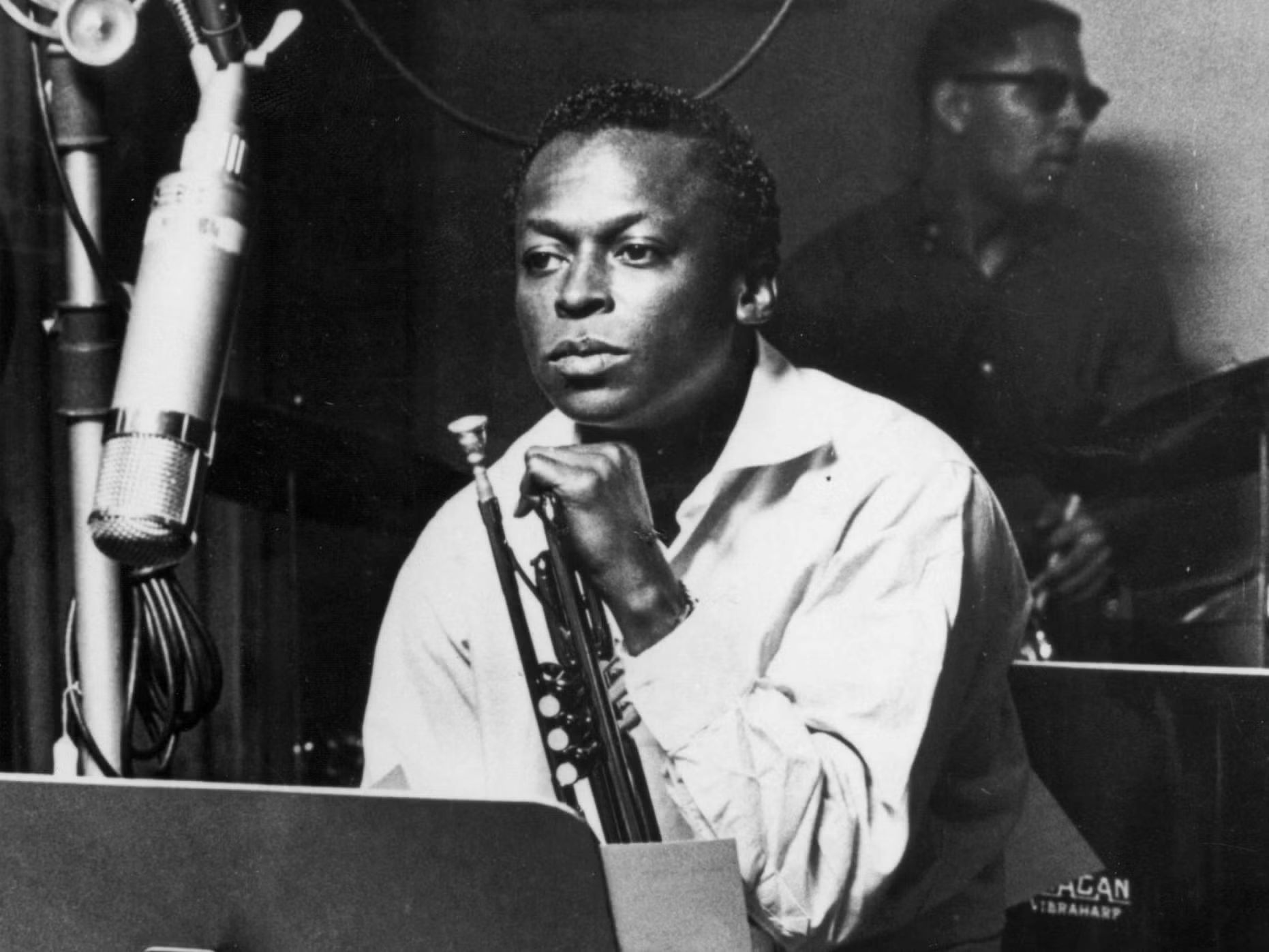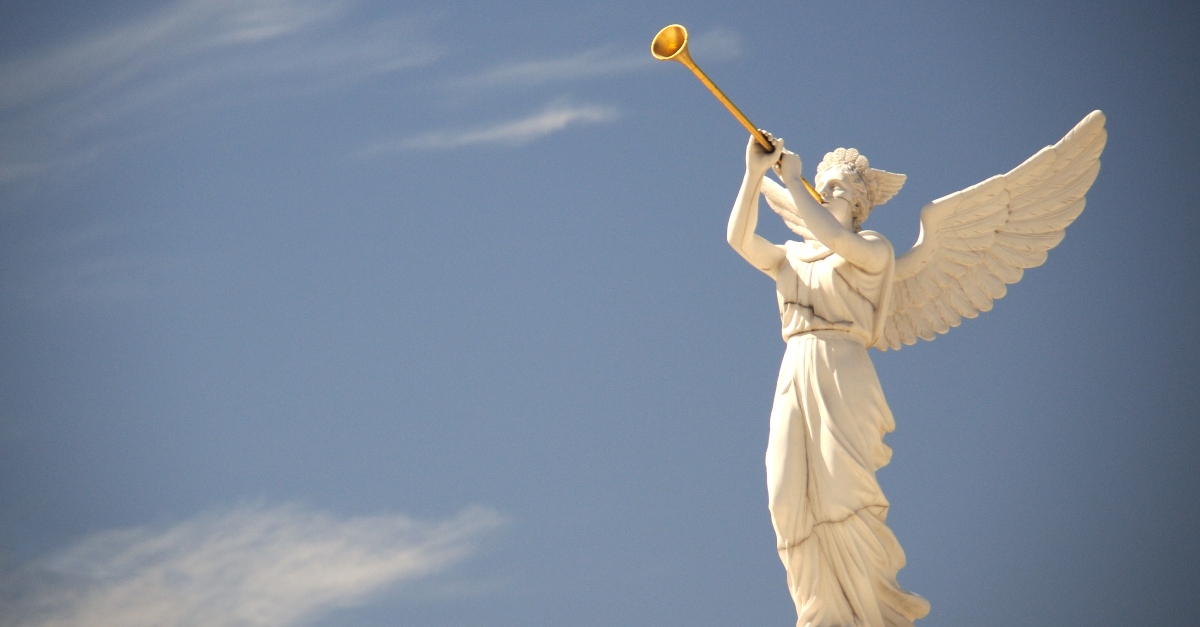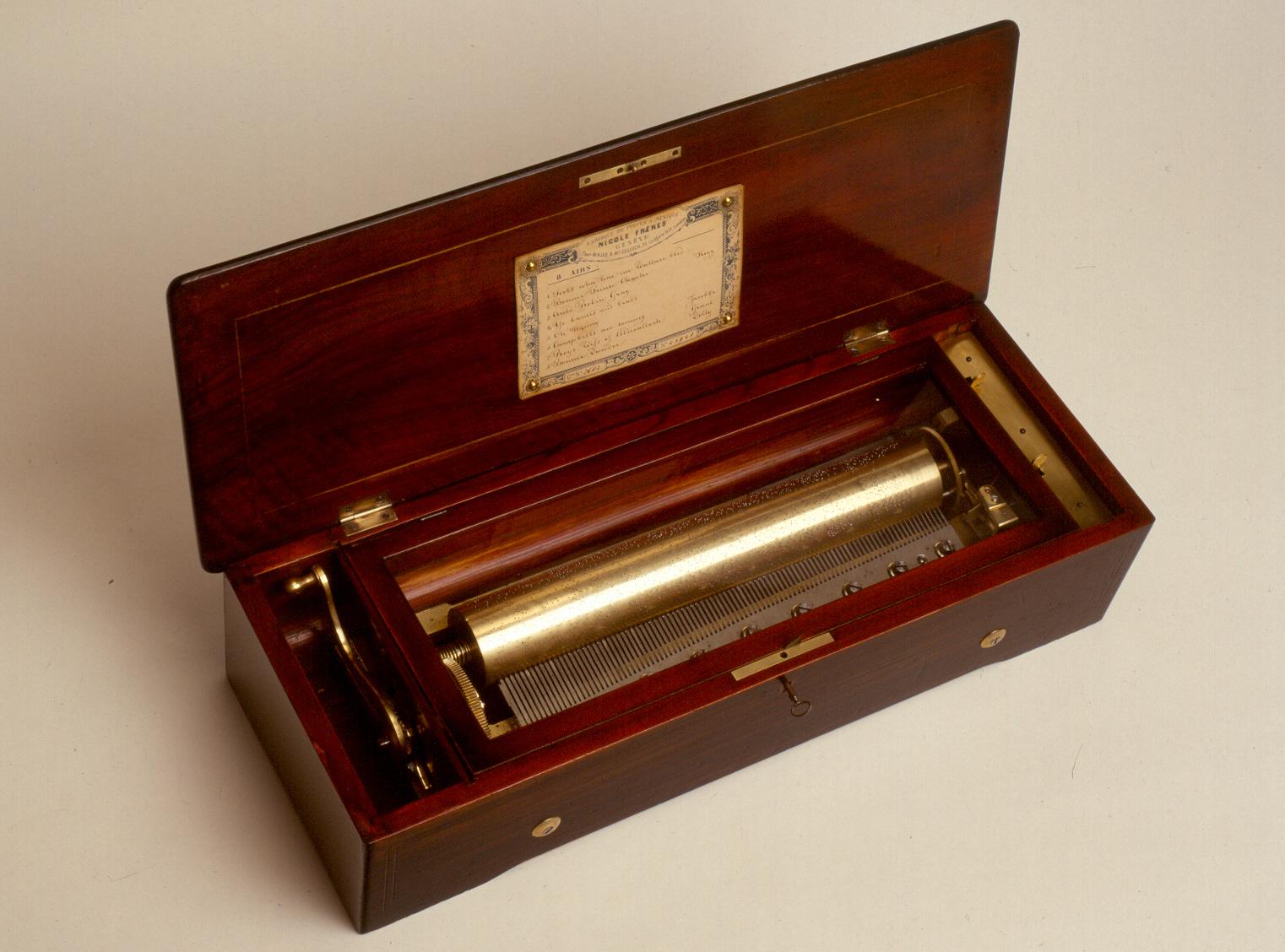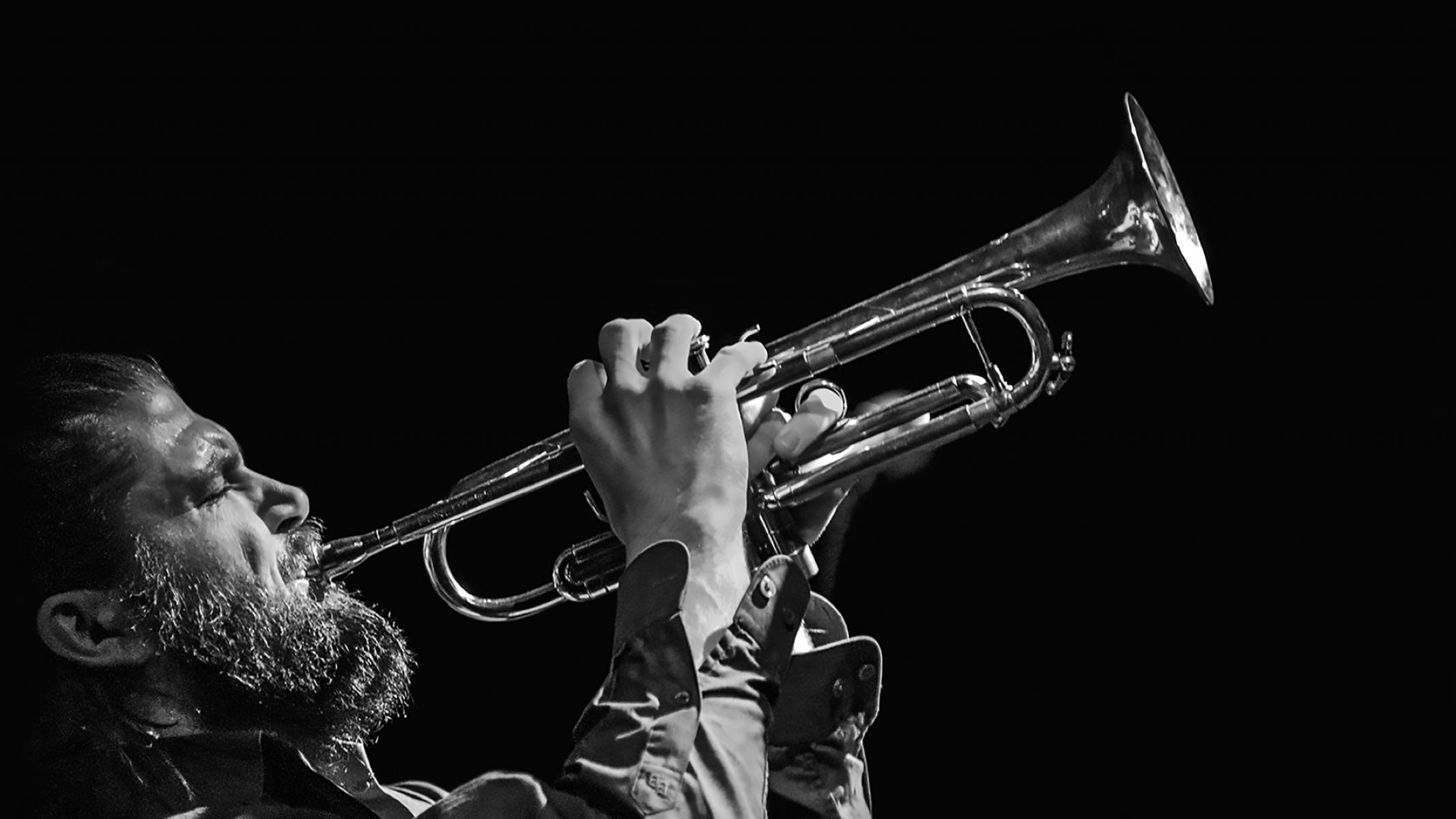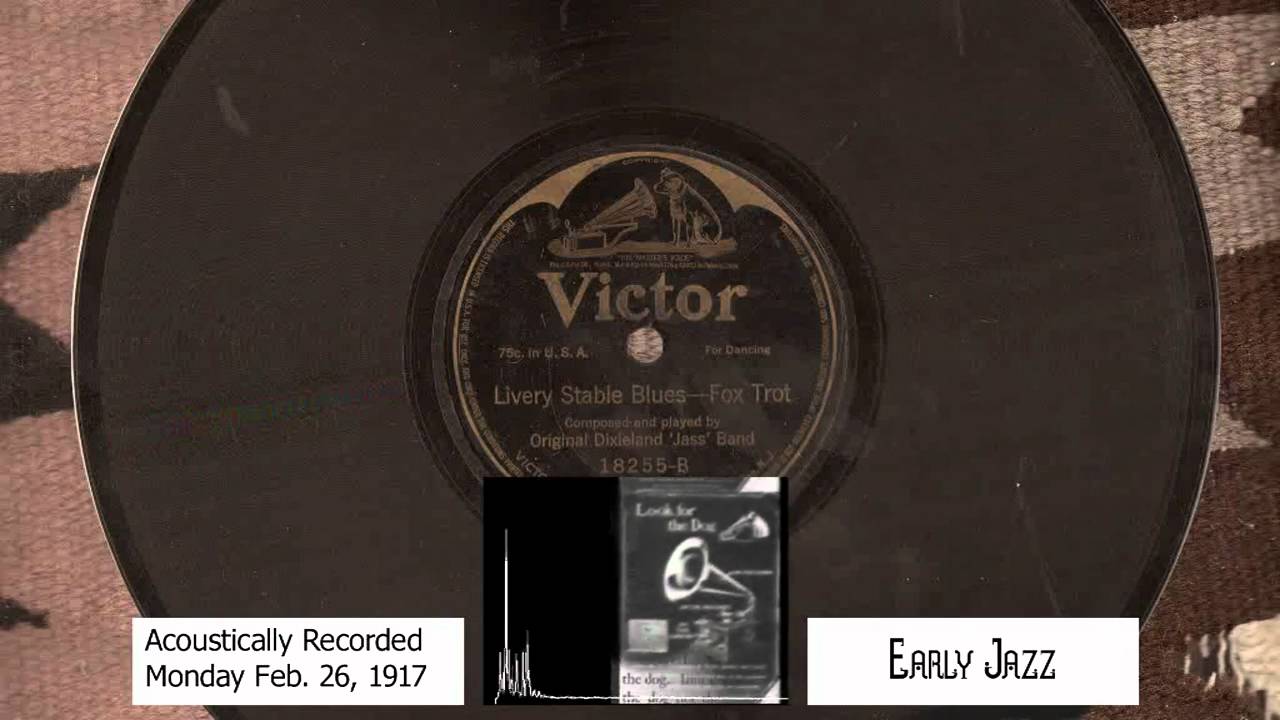

Jazz
When Was The First Jazz Recording Made
Modified: February 24, 2024
Discover the origins of jazz with the first-ever jazz recording. Learn about the milestone in music history and its impact on the jazz genre.
(Many of the links in this article redirect to a specific reviewed product. Your purchase of these products through affiliate links helps to generate commission for AudioLover.com, at no extra cost. Learn more)
Table of Contents
Introduction
Jazz, a genre rooted in African-American culture, is often hailed as one of the most influential forms of music in history. With its origins dating back to the late 19th century, jazz has captivated audiences around the world with its soulful melodies, improvisation, and unique rhythmic patterns. Today, it remains a vibrant and evolving genre that continues to inspire musicians and music lovers alike.
But have you ever wondered when the first jazz recording was made? Delving into the history of jazz, we discover a groundbreaking milestone that forever changed the course of music. The first jazz recording not only documented the birth of a new musical genre but also paved the way for future recordings and the popularization of jazz.
In this article, we will explore the early roots of jazz, delve into the pioneers who shaped the genre, and uncover the fascinating story behind the first-ever jazz recording. Join us as we journey back in time to the birth of recorded jazz and examine the impact it had on music as we know it today.
The Early Roots of Jazz
The origins of jazz can be traced back to the late 19th century in New Orleans, Louisiana. It emerged as a unique musical style that blended African rhythms and melodies with European harmonies and instrumentation. The city’s rich cultural heritage, influenced by African, Caribbean, and European traditions, created the perfect melting pot for the birth of this new genre.
One key element that shaped the early roots of jazz was the African diaspora. The African slaves brought their musical traditions to the United States, including rhythmic patterns, complex polyrhythms, call-and-response singing, and improvisation. Combined with the European musical traditions brought by colonizers, these elements formed the foundation of jazz as we know it.
Another influential factor in the development of jazz was the social environment of New Orleans. The city was a multicultural and multilingual hub, with diverse communities coexisting and interacting. The musical traditions of African-Americans, Creoles, and European immigrants merged and intermingled, leading to the creation of a vibrant and dynamic music scene.
Out of this melting pot, various musical styles began to emerge, including ragtime, blues, and brass band music. Ragtime, characterized by its syncopated rhythms and lively melodies, served as a precursor to jazz and laid the groundwork for the improvisational nature of the genre. Blues, with its soulful lyrics and expressive melodies, became a core element of jazz, providing a platform for individual expression and emotion.
The Pioneers of Jazz
As jazz continued to develop and evolve, a group of talented musicians emerged as pioneers in shaping the genre and pushing its boundaries. These individuals, often hailed as jazz legends, not only contributed to the growth of jazz but also gained recognition for their innovative playing styles and compositions.
One such pioneer was Louis Armstrong, known as the “Father of Jazz.” Armstrong, a virtuosic trumpet player and vocalist, revolutionized jazz through his improvisational skills and his ability to infuse emotion and personality into his performances. His distinct style and iconic scat singing bridged the gap between instrumental and vocal jazz, leaving an indelible mark on the genre.
Another influential figure in the early days of jazz was Duke Ellington. Ellington, a composer, bandleader, and pianist, composed intricate and sophisticated pieces that showcased the depth and complexity of jazz. With his ensemble, the Duke Ellington Orchestra, he showcased the full potential of jazz as a vehicle for artistic expression.
The innovativeness of jazz was further propelled by the likes of Charlie Parker and Dizzy Gillespie, who were at the forefront of the bebop movement. Bebop was a reaction to the commercialization of jazz and aimed to restore the focus on musical virtuosity and improvisation. Parker and Gillespie’s fast-paced melodies, complex harmonies, and lightning-speed solos redefined the possibilities of jazz.
Other notable pioneers include Ella Fitzgerald, Billie Holiday, Count Basie, and Thelonious Monk. Each of these musicians contributed their unique talents and artistic vision to jazz, leaving an indelible mark on the genre’s development.
Through their groundbreaking contributions and unwavering dedication, these pioneers laid the foundation for future generations of jazz musicians. Their creativity, innovation, and commitment to pushing boundaries continue to inspire and shape the evolution of jazz to this day.
The Birth of Recorded Jazz
The advent of recording technology in the early 20th century brought about a significant shift in the way music was consumed and shared. This newfound ability to capture sound and reproduce it opened up a whole new world of possibilities for musicians and listeners alike. Jazz, with its improvisational nature and vibrant energy, was one of the genres that greatly benefited from this technological advancement.
The birth of recorded jazz can be attributed to the rise of the phonograph, a revolutionary device that allowed for the mechanical reproduction of sound. In 1917, the Original Dixieland Jazz Band, a white group of musicians from New Orleans, made history by releasing the first jazz recording. Titled “Livery Stable Blues” and “Dixie Jass Band One-Step,” the recording introduced jazz to a wide audience outside the live performance setting.
This landmark recording captured the infectious spirit and exuberance of jazz, showcasing the improvisatory nature of the genre. The O
The Origins of the First Jazz Recording
The first jazz recording marked a groundbreaking moment in music history, capturing the essence and excitement of this new genre. But what led to this historic milestone? The origins of the first jazz recording can be traced back to a combination of factors, including the popularity of jazz in New Orleans, the emergence of recording technology, and the ingenuity of the musicians themselves.
New Orleans, with its vibrant and diverse musical scene, played a pivotal role in the birth of jazz. The city’s rich cultural heritage, influenced by African, Caribbean, and European traditions, provided a fertile ground for the development of this unique musical genre. The streets of New Orleans were filled with the sounds of brass bands, ragtime pianos, and the soulful melodies of African-American blues musicians, creating an atmosphere that was ripe for innovation.
At the same time, recording technology was experiencing rapid advancements. In the early 20th century, recording devices such as phonographs became more accessible and affordable. This allowed for the capturing and reproduction of sound, making it possible to preserve music for posterity. Musicians and record labels recognized the commercial potential of recorded music and began exploring different genres to cater to a growing consumer demand.
It was in this environment that a group of talented musicians known as the Original Dixieland Jazz Band made their mark. Formed in New Orleans in 1916, the band consisted primarily of white musicians who were heavily influenced by the African-American jazz musicians they encountered in the city. With their unique blend of ragtime and blues, the Original Dixieland Jazz Band gained popularity and quickly became the first jazz band to make a commercial recording.
In February 1917, the band recorded two tracks, “Livery Stable Blues” and “Dixie Jass Band One-Step,” which were released on the Victor Talking Machine Company label. The recordings showcased the band’s lively and improvisational style, featuring spirited solos and syncopated rhythms. These tracks became an instant sensation, capturing the energy and excitement of jazz and introducing it to a wider audience.
The success of the Original Dixieland Jazz Band’s recordings not only firmly established jazz as a genre but also paved the way for future generations of jazz musicians to enter the recording industry. These early recordings laid the foundation for the immense popularity of jazz in the decades to come, fostering innovation and inspiring countless musicians to explore the boundaries of the genre.
The Musicians: Who Recorded the First Jazz Track?
The first jazz recording, a momentous milestone in music history, was brought to life by a group of talented musicians known as the Original Dixieland Jazz Band (ODJB). Comprising of white musicians who were heavily influenced by the African-American jazz musicians they encountered in New Orleans, the ODJB made a significant impact on the development and popularization of jazz.
The band was formed in 1916 in New Orleans by cornetist Nick LaRocca, clarinetist Larry Shields, trombonist Eddie Edwards, pianist Henry Ragas, and drummer Tony Sbarbaro. They relocated to Chicago in 1916, where they found success performing in nightclubs and dance halls.
It was in Chicago that the ODJB caught the attention of the Victor Talking Machine Company, one of the major record labels of the time. The band was signed to the label and given the opportunity to make their first recording in February 1917.
The ODJB recorded two tracks: “Livery Stable Blues” and “Dixie Jass Band One-Step.” “Livery Stable Blues” is notable for its lively and energetic performance, featuring polyphonic improvisation and various animal imitations created by the instruments. “Dixie Jass Band One-Step,” on the other hand, showcases the band’s intricate rhythms and syncopated melodies.
The recorded tracks were released on the Victor Talking Machine Company label, skyrocketing to popularity and becoming a sensation. The combination of the band’s energetic playing style, catchy melodies, and the novelty of the genre captivated listeners and introduced them to the exciting world of jazz.
While the ODJB was the first to record and commercially release jazz music, it’s important to acknowledge that many other talented musicians played significant roles in the development of the genre. African-American musicians, such as Buddy Bolden, Freddie Keppard, and Jelly Roll Morton, were instrumental in laying the foundations of jazz and influenced the white musicians who would later make the historic first recording.
Additionally, the ODJB’s success sparked a greater interest in jazz, leading to a surge of recordings by different musicians and bands who embraced the genre. These subsequent recordings allowed for the development of various jazz styles and contributed to the overall growth and popularity of the genre.
The contributions of the Original Dixieland Jazz Band, along with the countless other musicians who contributed to the early days of recorded jazz, are a testament to the collaborative and ever-evolving nature of this genre. Their pioneering efforts continue to inspire generations of musicians to explore the possibilities of jazz and push the boundaries of artistic expression.
The First Jazz Recording: A Historic Milestone
The first jazz recording stands as a historic milestone in the evolution of music. The release of the Original Dixieland Jazz Band’s recording in 1917 marked a pivotal moment that would forever change the trajectory of jazz and the recording industry.
Prior to this groundbreaking event, jazz primarily existed as a live and improvisational art form, enjoyed by audiences in dance halls, clubs, and street parades. The ability to capture the essence of jazz on a phonograph record transformed the way the genre was experienced and shared.
The impact of the first jazz recording was twofold. Firstly, it introduced jazz to a broader audience beyond the live performance setting. The recording allowed people who were unable to attend live jazz performances or who were geographically distant from jazz hotspots like New Orleans to listen to and appreciate this vibrant and innovative music. The accessibility of recorded jazz played a crucial role in popularizing the genre and bringing it into the mainstream consciousness.
Secondly, the recording showcased the distinctive qualities of jazz, such as improvisation, syncopated rhythms, and collective improvisation. The Original Dixieland Jazz Band’s recordings, particularly “Livery Stable Blues” and “Dixie Jass Band One-Step,” captured the band’s infectious energy, dynamic ensemble playing, and spirited solos. These recordings not only documented the early sound of jazz but also exemplified its unique musical characteristics, setting a standard for future recordings and performances.
The success of the first jazz recording was astounding. The records by the Original Dixieland Jazz Band sold in significant numbers, spreading the popularity of jazz to a wide audience. The recording industry recognized the commercial potential of jazz, and record labels scrambled to find and record jazz musicians, both black and white, leading to a flourishing era of jazz recordings in the 1920s and beyond.
Moreover, the historic significance of the first jazz recording goes beyond its immediate impact. It solidified jazz as a distinct genre with its own identity, separating it from ragtime, blues, and other musical forms that influenced its development. The recording allowed for the preservation and documentation of jazz’s early history and evolution, ensuring that future generations could study and appreciate the origins of this beloved genre.
A century later, the first jazz recording stands as a testament to the innovative spirit and artistic excellence of early jazz musicians. It paved the way for the immense popularity of jazz recordings, the recognition of jazz as a significant American art form, and its enduring legacy as one of the most influential genres in music history.
The Impact and Legacy of the First Jazz Recording
The first jazz recording not only marked a historic milestone but also left an indelible impact on the trajectory of music and popular culture. Its reverberations continue to shape the cultural landscape and inspire musicians across generations.
One of the major impacts of the first jazz recording was the popularization and mainstream acceptance of jazz. The accessibility of recorded jazz brought the genre to a wider audience, transcending geographical boundaries and social barriers. The lively and energetic performances by the Original Dixieland Jazz Band captured the imagination of listeners, creating a demand for more jazz recordings and performances.
The success of the first jazz recording also served as a catalyst for racial integration in the music industry. While the Original Dixieland Jazz Band was a white group, their recordings showcased the influence and contributions of African-American jazz musicians who played a pivotal role in shaping the genre. As jazz gained popularity, record labels sought out black jazz musicians, leading to the recording and recognition of influential artists like Louis Armstrong, Duke Ellington, and Ella Fitzgerald.
Furthermore, the first jazz recording brought focus to the improvisational and collaborative nature of the genre. It showcased the virtuosity and creativity of individual musicians within the context of a collective ensemble. This emphasis on improvisation and individual expression became a defining characteristic of jazz and served as a catalyst for future innovations in the genre.
The legacy of the first jazz recording also extends to the realm of technology. The success of recorded jazz prompted advancements in recording and playback technologies, providing a platform for the exploration of sound and artistic expression. Jazz recordings not only showcased the musicians’ performances but also offered a canvas for sound engineers and producers to experiment with different recording techniques, leading to advancements in the field of music production.
Moreover, the cultural impact of the first jazz recording cannot be overstated. Jazz became a symbol of rebellion, freedom, and cultural identity, challenging societal norms and reflecting the diverse experiences of various communities. It became a powerful medium for social commentary and a voice for marginalized groups, amplifying their struggles and aspirations.
The first jazz recording fundamentally changed the music industry, providing a pivotal moment in the evolution of jazz and alluding to the transformative power of recorded music. It laid the foundation for the immense popularity and artistic exploration that jazz would embark upon in the years to come.
Today, jazz remains a vital and influential genre, continuously evolving and inspiring musicians in various styles of music. The legacy of the first jazz recording lives on through the countless recordings, performances, and musicians who continue to push the boundaries of jazz and captivate audiences worldwide.
Conclusion
The first jazz recording stands as a remarkable and transformative moment in music history. It introduced jazz to a wider audience, popularized the genre, and paved the way for its enduring legacy. The combination of the Original Dixieland Jazz Band’s energetic performances and the advancements in recording technology revolutionized how music was experienced and shared.
Jazz, with its roots in African-American musical traditions and its fusion of various influences, emerged as a genre that captured the spirit of freedom, improvisation, and collective expression. The first jazz recording showcased the innovative nature of the genre, highlighting its syncopated rhythms, improvised solos, and dynamic ensemble playing.
From its humble origins in the vibrant streets of New Orleans to its global recognition and influence, jazz continues to inspire and captivate audiences around the world. The pioneers of jazz, such as Louis Armstrong, Duke Ellington, and countless others, pushed the boundaries of musical expression and left an indelible mark on the genre.
The impact of the first jazz recording extends beyond the boundaries of music. It brought about racial integration in the industry, challenging societal norms and giving a voice to marginalized communities. It also sparked technological advancements in recording and production, shaping the way music is captured and reproduced.
In conclusion, the first jazz recording embodies the spirit of innovation, cultural exchange, and artistic expression. Its legacy permeates the fabric of music and popular culture, inspiring musicians and listeners alike. Jazz continues to evolve and adapt, embracing new influences and styles while remaining anchored in its rich history and traditions.
As we reflect on the significance of the first jazz recording, we are reminded of the power of music to transcend borders, unite communities, and ignite the human spirit. Jazz, with its ability to evoke emotions, tell stories, and push artistic boundaries, reminds us of the boundless possibilities of expression and the transformative power of music.


